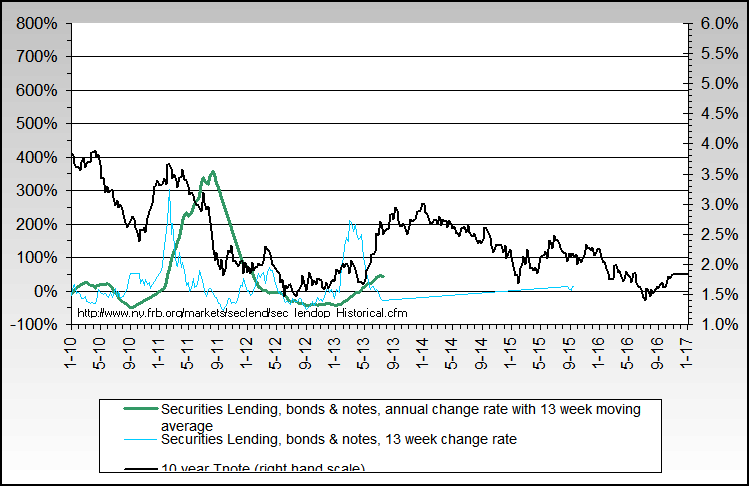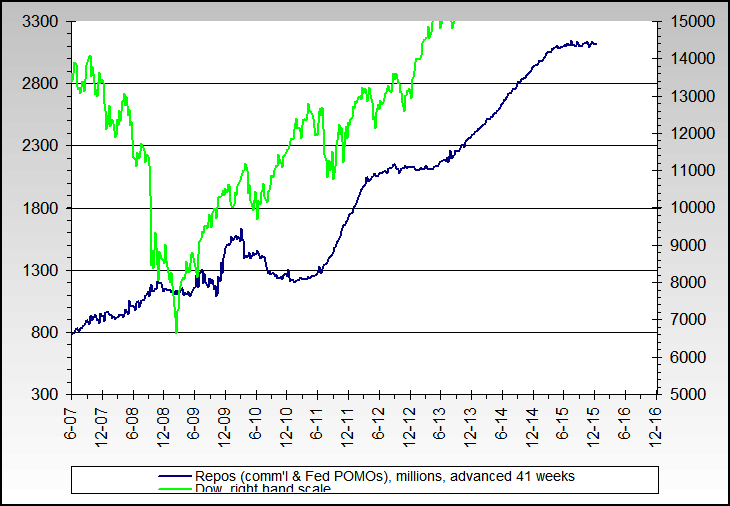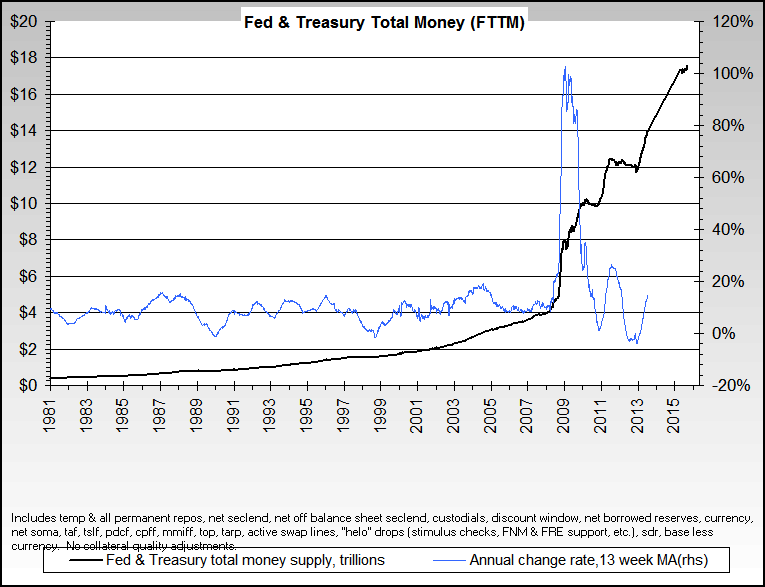Re: Credit inflation, Deflation: Prechter Interview
as i have said in other threads, i worry about the possibility of daisy-chain bankruptcies and counterparty failures in derivatives contracts leading to a deflation. i think this is of much lower probability than significant inflation, but a non-zero probability nevertheless.
on contrarianism- even if the members of this bulletin board were unanimous in some opinion, that would not make it "the consensus." contrarianism works only at turning points [most of the time the trend is your friend] and vis a vis the consensus of opinion of the whole market, not the opinion of the small minority of hypervigilant and obsessional types who write posts like this.
as i have said in other threads, i worry about the possibility of daisy-chain bankruptcies and counterparty failures in derivatives contracts leading to a deflation. i think this is of much lower probability than significant inflation, but a non-zero probability nevertheless.
on contrarianism- even if the members of this bulletin board were unanimous in some opinion, that would not make it "the consensus." contrarianism works only at turning points [most of the time the trend is your friend] and vis a vis the consensus of opinion of the whole market, not the opinion of the small minority of hypervigilant and obsessional types who write posts like this.






Comment